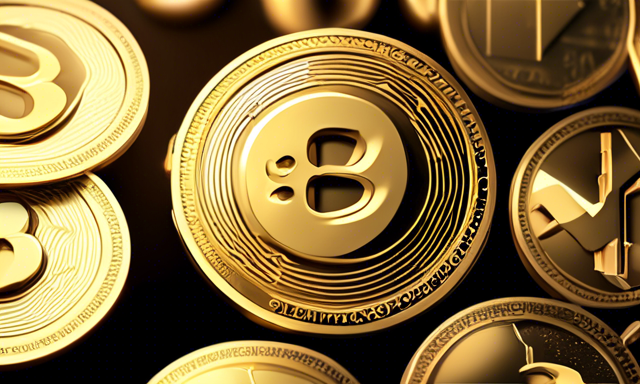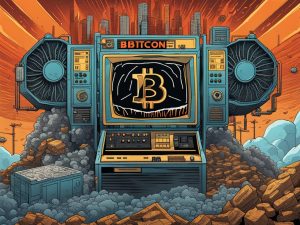Overview of Binance Smart Chain Performance in Q2
Throughout the second quarter of this year, the Binance Smart Chain (BSC) saw a mix of positive and negative trends as the wider cryptocurrency market cooled off following a surge in prices earlier in the year. The native token of the BSC, BNB, remained relatively stable with a 5% decline quarter-over-quarter (QoQ). However, key metrics of the network indicated both favorable and unfavorable developments during this period.
Decline in BSC Revenue
Market intelligence platform Messari reported that the chain’s revenue, which represents the total fees collected by the network, dropped by 28% QoQ to $48.1 million in Q2. Despite this decline, the revenue was only 8% lower year-over-year compared to Q2 of the previous year, standing at $52.4 million in 2023. The decrease in revenue was primarily attributed to the decline in BNB’s price, leading to a 51% sequential drop in revenue when denominated in the network’s native token.
– The chain’s revenue fell by 28% QoQ to $48.1 million in Q2.
– Revenue in BNB terms decreased by 51% sequentially.
– The decline in revenue was driven by the drop in BNB’s price.
Drop in Network Activity
During Q2, there was a decrease in network activity on the BSC, with average daily transactions falling by 10% QoQ to 3.7 million and average daily active addresses declining by 18% QoQ to 1.1 million. This trend was observed across most smart contract platforms, mirroring a general decrease in on-chain activities following a strong Q1.
– Average daily transactions decreased by 10% QoQ to 3.7 million.
– Average daily active addresses dropped by 18% QoQ to 1.1 million.
– On-chain activity decreased across smart contract platforms in Q2.
Shift in User Preferences
Despite the overall decline in network metrics, there were notable changes in user preferences within the BSC ecosystem. Decentralized exchange (DEX) Uniswap witnessed a significant surge in daily transactions, increasing by 630% QoQ, while PancakeSwap, previously dominant, experienced a 46% QoQ decrease in transactions during the same period.
– Uniswap saw a 630% increase in daily transactions.
– PancakeSwap witnessed a 46% decrease in daily transactions.
– Significant shifts were observed in user preferences within the BSC ecosystem.
Staking Activity and TVL
Messari’s report highlighted a 30% increase in the total BNB staked, reaching 30.4 million BNB in Q2, with the total dollar value of staked funds rising by 24% to $17.7 billion. Although the BSC ranked as the third-highest Proof-of-Stake (PoS) network by staked value, it still trailed behind the Solana blockchain by $38.4 billion. However, the DeFi ecosystem on the BSC saw a decline in total value locked (TVL), dropping by 24% QoQ to $5.5 billion.
– Total BNB staked increased by 30% QoQ to 30.4 million BNB.
– Total TVL decreased by 24% QoQ to $5.5 billion.
– BSC lagged behind Solana in staked value but maintained a strong staking activity.
Conclusion
In summary, the Binance Smart Chain experienced a mixed performance in the second quarter of this year, with revenue, network activity, user preferences, and staking showing both positive and negative trends. While there was a decline in revenue and network metrics, staking activity remained strong, positioning the BSC as a notable player in the Proof-of-Stake space.





 By
By
 By
By
 By
By
 By
By

 By
By